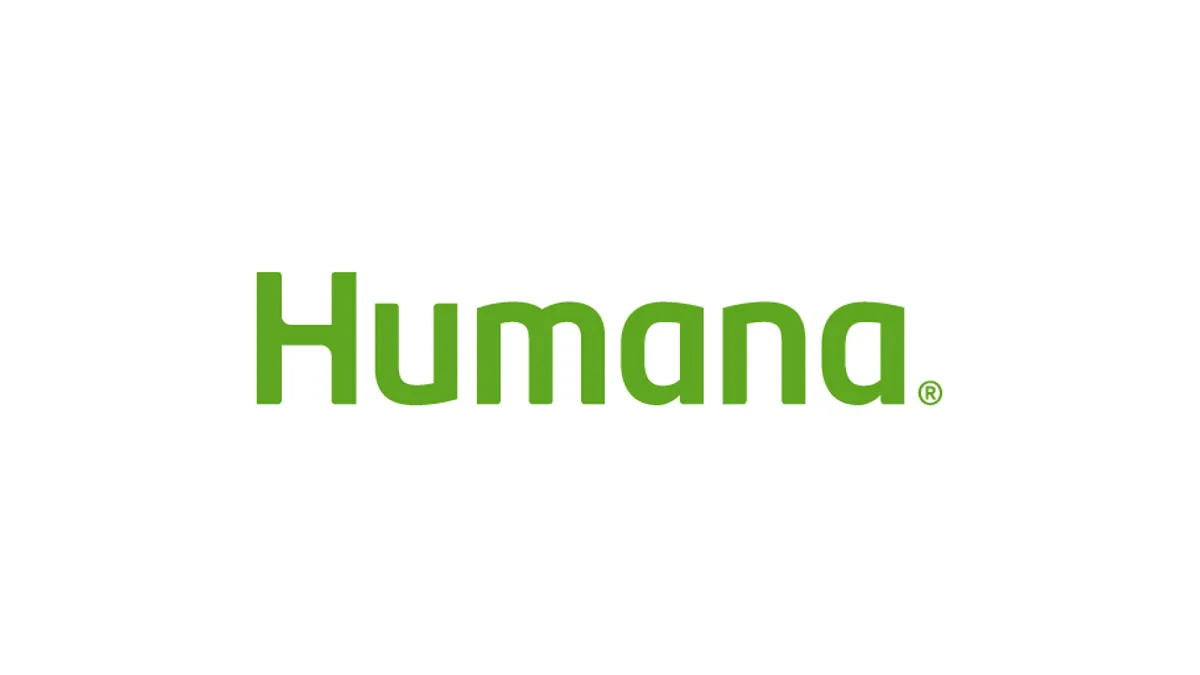Dive Brief:
- The insurer Humana is seeing a rise in COVID-19 hospitalizations among its Medicare Advantage members, it said Tuesday in a filing with the Securities and Exchange Commission.
- Non-COVID-19 hospitalizations are declining, and Humana expects outpatient visits to contract, too, a trend that occurred during previous coronavirus surges.
- Still, Humana is maintaining its full-year guidance, which was set in July, "while continuing to acknowledge the heightened uncertainty surrounding the ongoing pandemic."
Dive Insight:
COVID-19 cases in the U.S. continue to rise along with hospitalizations, according to the latest data. The most recent wave of hospitalizations is larger than previous ones, except the peak in January.
Even though hospitalizations are on the rise, the anticipated decline in non-COVID-19 utilization is expected to offset any increases Humana will incur in COVID-19 testing and treatment costs.
It's the same reason insurers remained profitable last year during the onset of the pandemic. Many patients put off care, resulting in an unprecedented drop in utilization — a benefit for insurers at the expense of providers.
Humana said Tuesday it expects the same trend to play out for the remainder of the year.
Many expected hospitalizations to wane and non-COVID-19 utilization to normalize as vaccines rolled out this summer. However, the uptake on vaccines in some parts of the country has been slow, helping to fuel the latest surge in cases amid the spread of the highly contagious delta variant.
Older adults, or those eligible for Medicare, have the highest vaccination rates, but they are also most vulnerable to breakthrough infections.
About 82% of those over the age of 65 are fully vaccinated while only 64% of those 18 and older are fully inoculated, according to the Centers for Disease Control and Prevention.
Humana, which covers a large share of Medicare eligibles, said its population was "largely vaccinated" during a second quarter earnings call with investors in July.
During the second quarter, executives said traditional medical use bounced back faster than anticipated after the slump the year prior. Management said they expected utilization to normalize through the back half of the year even though a level of uncertainty remained due to the ongoing pandemic.












